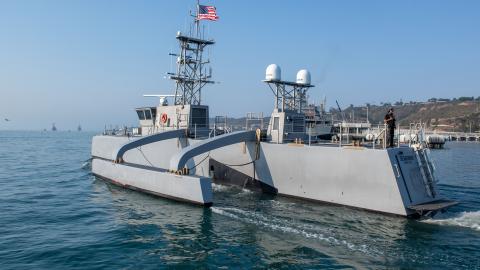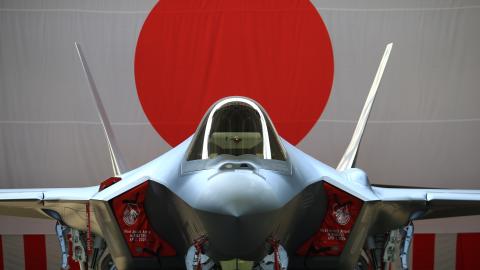Executive Summary
This research project began as an effort to explore the potential security challenges that a Taiwan contingency would pose to Japan. Research revealed, however, that focusing solely on a Taiwan contingency overlooks the critical evolution of Japan’s defense strategy since the turn of the century.
For over half a century, Japan focused its defense strategy on the country’s northern regions and the threat posed by the former Soviet Union. Accordingly, Tokyo concentrated the Japan Self-Defense Force (JSDF) on Hokkaido to resist a possible Soviet invasion. However, following the collapse of the USSR, China’s decades-long military modernization, as well as the unresolved territorial issues between Tokyo and Beijing, caused Japan to shift its strategic focus to the southwest and increasingly concentrate on the maritime domain. The release of Japan’s National Defense Program Guidelines and the Mid-Term Defense Program on December 17, 2010, marks this strategic shift.
On February 24, 2022, Russia’s full-scale invasion of Ukraine challenged the existing rules-based order in the Euro-Atlantic community. At the same time, in the Indo-Pacific, Russia’s aggression brought existing security challenges into sharper focus. Across the region, security concerns were heightened and acquired greater definition, particularly in the Taiwan Strait and on the Korean Peninsula.
Within Japan and across the alliance, defense planners have increasingly focused on a Taiwan contingency. In Tokyo, the government moved to enhance alliance-based deterrence and to strengthen its defense posture in the Southwest Islands. In a joint statement issued at the conclusion of the United States–Japan Security Consultative Committee in March 2016, Tokyo and Washington referred, for the first time, to the importance of peace and stability in the Taiwan Strait. The document reflected growing concerns regarding the implications of a Taiwan contingency to US and Japanese security interests, concerns which subsequent joint policy statements have reiterated.
A Taiwan contingency would present Tokyo with challenges related to both Japan’s defense and its alliance with Washington.
Japan’s Legislation for Peace and Security provides the legal framework for a response by Tokyo to a Taiwan contingency. The law establishes distinct operational commitments under distinct security situations.
Because a contingency can occur unexpectedly, policymakers in Tokyo and Washington need to discuss a possible US engagement in a Taiwan contingency. They should also plan what Japan’s alliance-based support might be.
Policymakers also need to consider and work through the multiple scenarios regarding a US decision to engage in a Taiwan contingency. This would not only enhance deterrence, but, should deterrence fail, it would also help the allies respond across a spectrum of potential conflict and escalation dynamics.
A political decision by Washington to engage in a Taiwan contingency would present the government of Japan with its own political decision regarding the alliance and its support for the United States.Thus, policymakers in Tokyo and Washington will need to work closely to align their countries’ respective interests with respect to China and Taiwan and to provide a well-laid foundation for future political decisions.



















